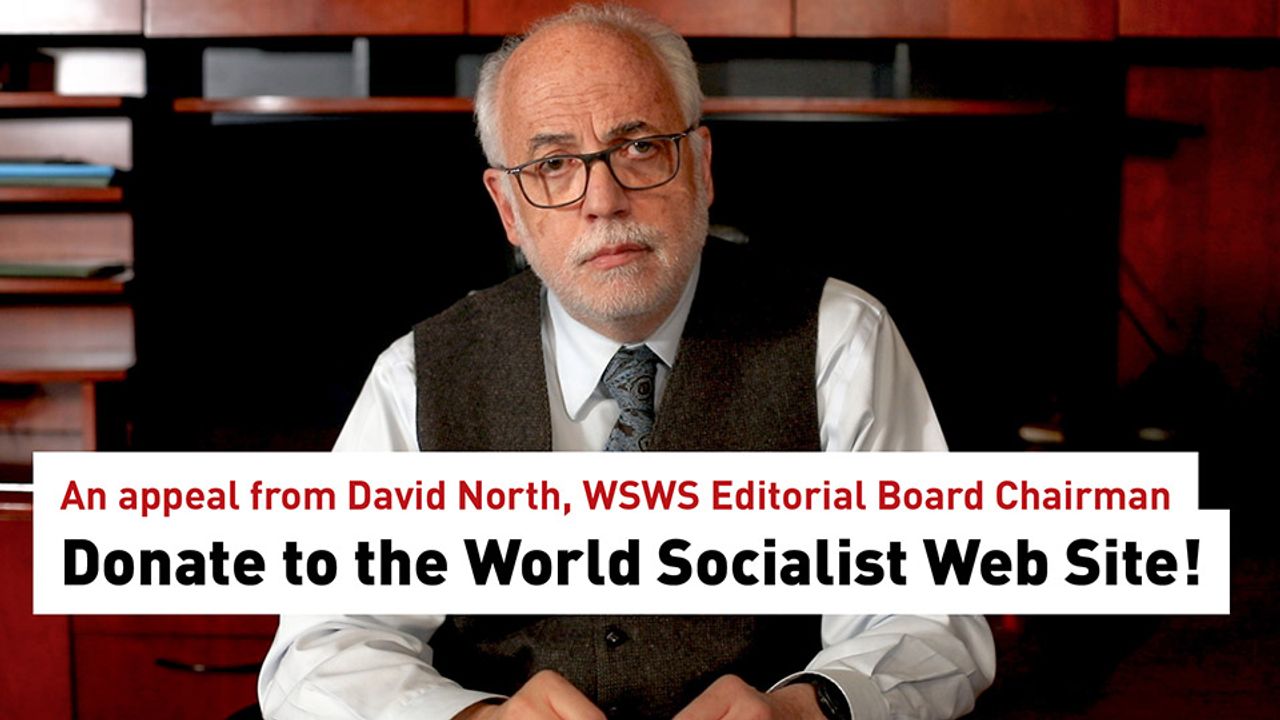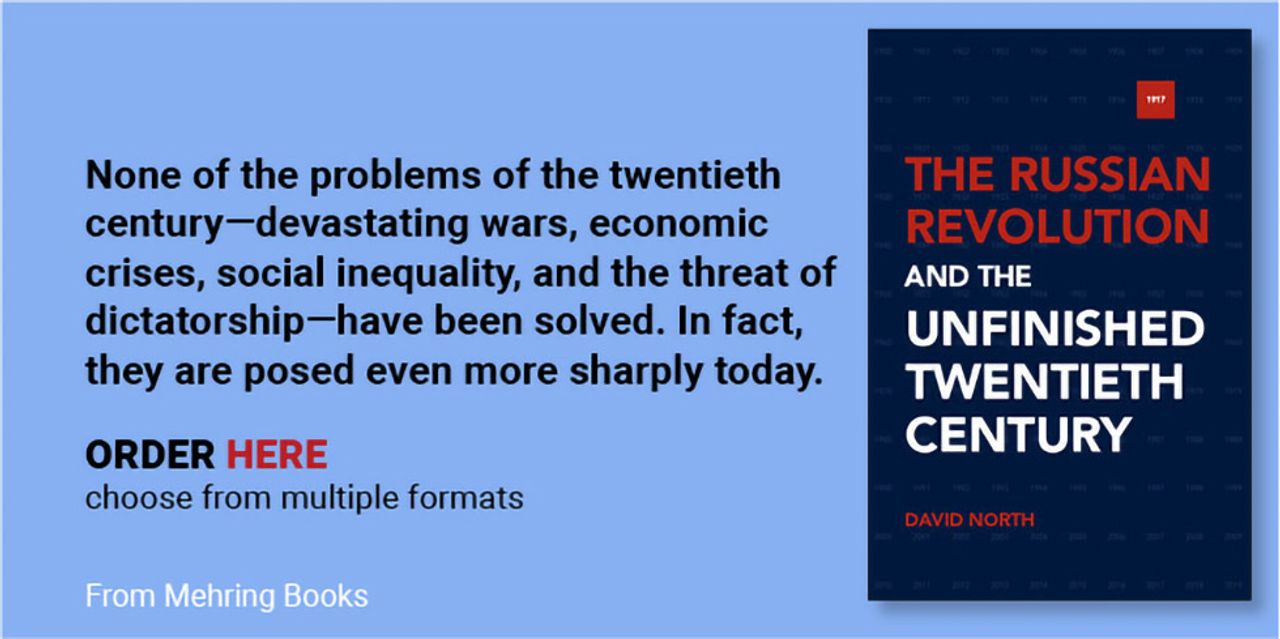Adam Mclean
The Education Corporation of America, (ECA) one of the largest for-profit colleges in the United States which operated across over 70 campuses and managed an online school, abruptly announced this week that they would shut down operations at almost all locations, following their disaccreditation on Tuesday. Several thousand staff and the 20,000 students who attended their schools have been left to an uncertain future.
No real provisions were made for the students who were suddenly left without an education for the next year. Students were sent an email on Tuesday telling them that their school would close after finals ended on Friday and were simply told “we encourage you to continue your career training by requesting your transcript and contacting local schools to determine transferability." They were linked a webpage that is still in development to access unofficial transcripts. Whether or not other schools will give credit for class taken at ECA schools is also an open question, since the ECA is no longer accredited.
Following the closure of the majority of their campuses, the ECA will, in all likelihood, begin laying off a significant number of its employees. It has said that intends to keep only a bare-bones workforce until the summer of next year, when it says it will shut down permanently.
High tuition and burdensome student loans are a reality for those in the US seeking an education beyond high school. This is even true for most students at public universities. There are 44.5 million Americans saddled with student load debt, totaling about $1.5 trillion. It is consequently one of the most lucrative businesses to be in.
While the ECA has told students that they can apply for debt forgiveness, it is likely that the company will only make token concessions, if they are themselves even in a position to make those decisions in the coming years.
This is not the first time a large private for profit education company has faced financial trouble and left its students to fend for themselves. Some recent history reveals how the student loan debt of former ECA students will be treated by the corporations and by the government.
In 2014, Corinthian Colleges Inc, a publicly traded company that then had 72,000 students across the US, was unable to demonstrate that its graduates had attained “gainful employment”—that is, that graduates have found jobs that allow them to repay accrued student debt—and was subsequently cut off from federal funding. Despite a bailout from the Obama administration, it was ultimately forced into shutting down 12 of its schools and was later bought by the ECMC (Educational Credit Management Corporation) Group, one of the largest and most notoriously usurious student loan collection agencies in the country. The ECMC Group was also the go-to group for the Department of Education (DOE) to contest petitions for loan forgiveness.
Then in 2016, ITT Technical Institute shut down after being denied Title IV student aid following an investigation by the Accrediting Council for Independent Colleges and Schools (ACICS)—the same group that disaccredited the ECA this week. In this case, the DOE repaid any students who successfully won loan forgiveness out of government funds, ensuring that the loans were still repaid at public expense.
The ACICS was itself rejected by the DOE in 2016 for its lax oversight that was in part responsible for the collapse of both Corinthian Colleges and ITT, but Education Secretary Betsy DeVos has moved to reinstate them.
DeVos is very much personally involved in the student loan racket and has been working since her confirmation to further dismantle public education.
Listed by Forbes in 2016 as the 88th richest American, the billionaire DeVos has interests in Performant Recovery, a debt collection company; Apollo Global Management, which owns the University of Phoenix; as well as a number of international education investments in New Zealand and Brazil. Her immediate family are extremely wealthy as well, with her husband being the former CEO of the Amway corporation, and her brother, Erik Prince, the founder of the notorious Blackwater mercenary company.
Politically, she has also championed a number of related reactionary causes, including boosting the charter school movement and attacks on the separation of church and state.
DeVos moved to remove the “gainful employment” regulation under which for-profit schools have previously lost lucrative government funding in August. This gives for-profit colleges much more financial stability, and following this decision, the ACICS is again in the good graces of the Department of Education.

